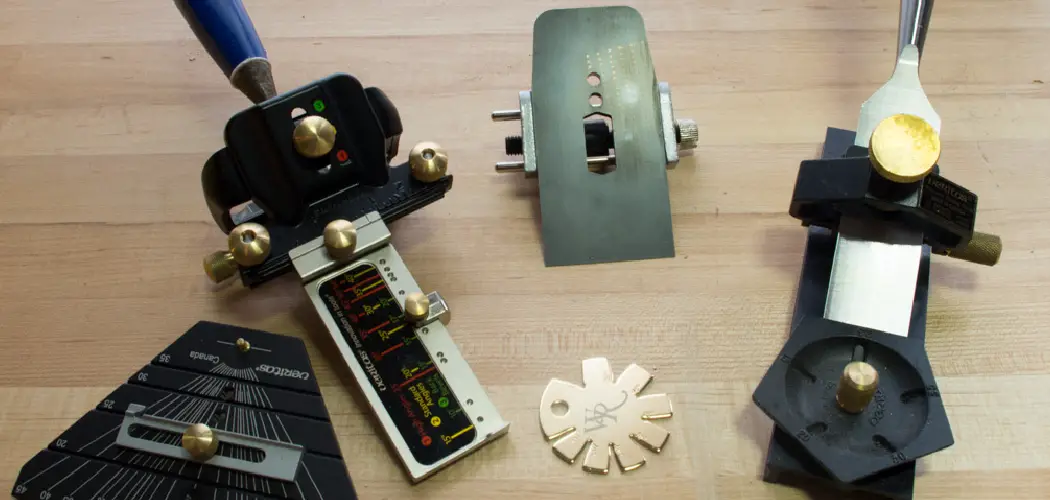Are you tired of using a dirty leather strap to sharpen your knives and tools? Regularly cleaning your leather strop is essential for maintaining its effectiveness and prolonging its lifespan.
Maintaining a leather strop in pristine condition is essential for anyone looking to achieve the best results in sharpening blades and maintaining tools. Over time, a strop can accumulate metal particles, dirt, and grime, compromising its effectiveness and the quality of your sharpening. Regular cleaning and conditioning not only extend the life of the strop but also ensure optimal performance by keeping the leather pliable and effective.
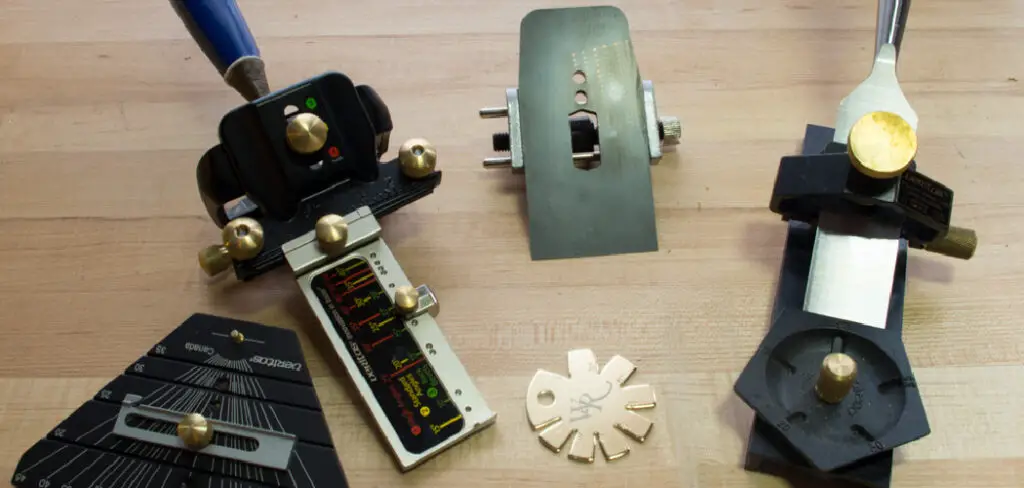
In this guide on how to clean a leather strop, we will explore simple yet effective methods for cleaning your leather strop, allowing you to keep it in excellent working condition for years to come.
What Will You Need?
Before we dive into the cleaning process, ensure you have all the necessary tools and materials. Here’s a list of what you’ll need:
- Clean cloth or towel
- Leather strop cleaner or saddle soap
- Leather conditioner or oil (such as neatsfoot oil)
- Water
- Soft-bristled brush (optional)
Having these materials will make the cleaning process more manageable and efficient.
10 Easy Steps on How to Clean a Leather Strop
Step 1: Remove Any Residue From the Strop
Use a clean cloth or towel to gently wipe the surface of the leather strop, removing any loose metal particles or dirt. It’s important to avoid applying too much pressure during this step, as this may embed residue into the leather. If the surface appears soiled, consider using a soft-bristled brush to brush away stubborn particles lightly. This initial cleaning stage is crucial for preparing the strop for deeper cleaning and conditioning. By meticulously removing these residues, you ensure that the leather remains supple and ready to apply cleaning products.
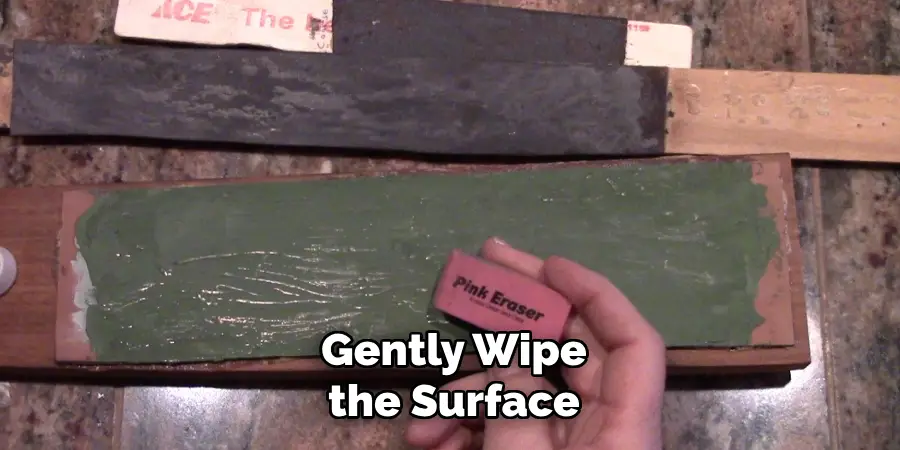
Step 2: Apply Leather Strop Cleaner or Saddle Soap
Dampen your clean cloth slightly with water, then apply a small amount of leather strop cleaner or saddle soap to the fabric. Gently rub the cloth onto the surface of the strop in circular motions, focusing on areas that appear to be more stained or soiled. Be mindful not to oversaturate the leather, as excess moisture can damage it. The cleaner or soap will help lift dirt and grime while maintaining the leather’s integrity. Once the strop is thoroughly cleaned, wipe away any remaining soap residue with a damp cloth. This step ensures that the surface is clean and ready for conditioning.
Step 3: Allow the Strop to Dry Naturally
After cleansing the strop with cleaner or saddle soap, it’s critical to let the leather dry at its own pace. Place the strop in a well-ventilated area away from direct sunlight or heat sources, as excessive heat can cause the leather to dry out too quickly and become brittle or cracked. Patience is essential in this step to ensure the leather retains its natural oils and flexibility.
Depending on the humidity and temperature of the environment, drying may take several hours or more. Remember that rushing the drying process can lead to damage, so it’s worth giving this step the time it requires. Once the strop is completely dry, you can proceed to the conditioning stage to restore the leather’s suppleness and maintain its durability.
Step 4: Apply Leather Conditioner or Oil
Once the strop is completely dry, it’s time to apply a leather conditioner or oil to restore its suppleness and maintain its durability. Use a clean cloth to apply a small amount of conditioner or oil, such as neatsfoot oil, to the leather. Rub it gently and evenly across the surface in circular motions, allowing the conditioner to penetrate the leather.
This step is crucial for replenishing the natural oils lost during cleaning and preventing the leather from becoming dry and brittle. Allow the conditioner to soak in for several hours or overnight, ensuring optimal absorption and conditioning. Properly conditioned leather will keep your strop flexible and ready to provide the best sharpening results.
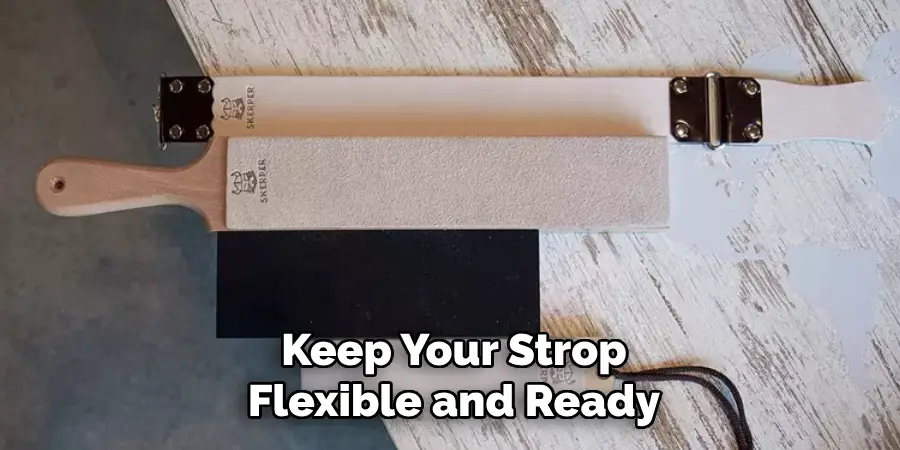
Step 5: Remove Excess Conditioner
After allowing the leather conditioner or oil to fully absorb the leather, it’s important to wipe away any excess product on the surface. Use a clean, dry cloth to gently buff the strop, ensuring any unabsorbed conditioner is removed. This step helps prevent the leather from becoming overly saturated, which can attract dust and dirt. Additionally, buffing the surface will bring out a natural sheen, giving your strop a refreshed and well-maintained appearance. This step concludes the cleaning and conditioning process, leaving your leather strop ready to provide effective sharpening results.
Step 6: Store the Strop Properly
Proper storage of your leather strop is essential to maintain its condition and performance. Ensure the strop is stored in a cool, dry place away from direct sunlight, excessive heat, or humidity. These environmental factors can cause the leather to degrade over time. Avoid stacking heavy objects on top of the strop to prevent deformation or bending. If possible, store the strop flat or hang it to maintain its shape. By taking care to store the strop correctly, you help extend its life and ensure it remains in optimal condition for future use.
Step 7: Assess the Condition of the Leather Strop
As you evaluate the condition of your leather strop, pay attention to signs of wear and tear that may affect its performance. Examine the leather surface for any cracks, deep scratches, or areas that appear overly dry, which may indicate the need for more frequent conditioning or replacement. Also, check for unevenness or warping resulting from improper storage or excessive force during use. Identifying these issues early can help you take corrective measures to preserve the strop’s functionality.
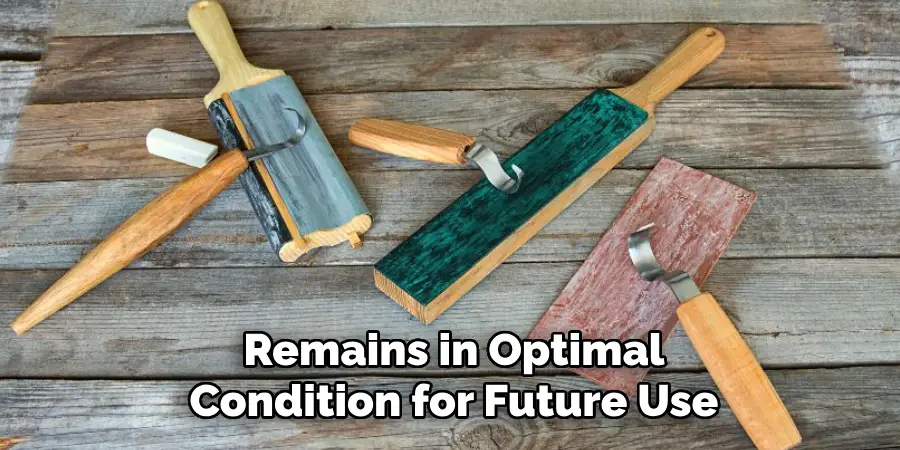
Testing the strop’s effectiveness by sharpening a tool can also reveal if it delivers the desired results. If you notice a decline in sharpening quality, this could signal a need for thorough maintenance or even replacement. Regularly assessing your strop will ensure it provides precise sharpening and maintains its longevity.
Step 8: Replace the Leather Strop When Necessary
Despite regular maintenance, there will come a time when your leather strop reaches the end of its usable life. Continuous exposure to sharpening and environmental conditions eventually degrades the leather beyond repair. If you notice persistent issues such as cracking, excessive wear, or an inability for the strop to sharpen tools despite conditioning effectively, it may be time to replace it. Investing in a new strop will ensure that your tools continue to receive precise sharpening, maintaining their efficiency and performance.
Remember, a well-maintained strop is crucial for achieving optimal results, so replacing it when necessary is a wise step in sustaining your sharpening system.
Step 9: Dispose of the Old Strop Responsibly
When replacing your leather strop is necessary, it’s essential to dispose of the old one responsibly. Leather straps, being natural products, can sometimes be repurposed or recycled depending on their condition. Check local disposal guidelines and recycling facilities to see if leather recycling is an option in your area. If repurposing is possible, consider using the old strop for crafts, as a protective surface, or in other creative ways. Proper disposal helps minimize waste and contributes to sustainability efforts, ensuring that even when a product has reached the end of its life, it is handled in an environmentally conscious manner.
Step 10: Document Maintenance Routine
Establishing a regular maintenance routine for your leather strop is essential to ensure it remains in optimal condition and provides effective sharpening results. Set a schedule for cleaning and conditioning the strop, tailored to how frequently you use it. For instance, if you sharpen tools regularly, consider conditioning the strop every few months. Keeping a log of these maintenance activities can help you track the condition of the strop over time and predict when it might require extra attention or replacement. By documenting your routine, you also create a reference point for troubleshooting any issues, ensuring your strop is always ready for use and effectively maintains your tools’ sharpness.
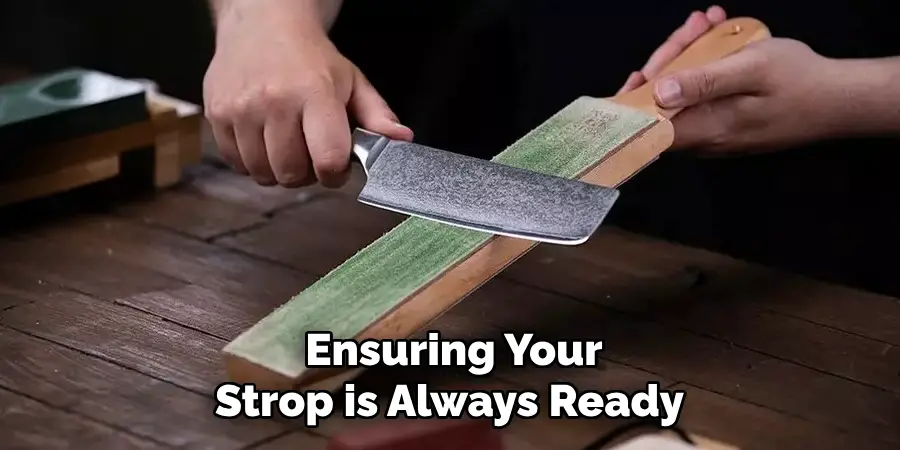
Following these steps, you can maintain your leather strop and keep it in excellent condition for years.
5 Things You Should Avoid
- Using Excessive Water: Leather is sensitive to too much moisture, which can lead to warping or mildew. Avoid soaking the strop or using large amounts of water during cleaning.
- Applying Harsh Chemicals: Strong detergents or cleaners can damage the leather surface, stripping it of its essential oils and causing it to dry or crack. Instead, opt for a mild, leather-specific cleaner.
- Scrubbing with Abrasive Tools: Using coarse brushes or scrubbing pads can scratch and harm the leather, ruining its smoothness and effectiveness. Choose a soft cloth or brush for gentle cleaning.
- Ignoring Residue Buildup: Failing to remove metal filings and compound residue regularly can reduce the strop’s effectiveness. Regular maintenance helps keep the leather surface clean and ensures optimal performance.
- Neglecting to Condition: After cleaning, it’s crucial to recondition the leather to restore its suppleness and protect it from drying out. Use a high-quality leather conditioner or balm to keep the strop in top condition.
Conclusion
How to clean a leather strop is essential for maintaining its longevity and effectiveness. To protect the leather’s integrity, avoid excessive water, use only mild cleaners, and avoid abrasive tools.
Regular removal of residue buildup ensures that the strop remains effective while conditioning the leather after cleaning helps preserve its luxurious texture. Adhering to these guidelines extends the life of your leather strop and ensures it performs optimally with every use.
With careful attention and maintenance, your strop will continue to provide a smooth, polished finish for your sharpening needs.

